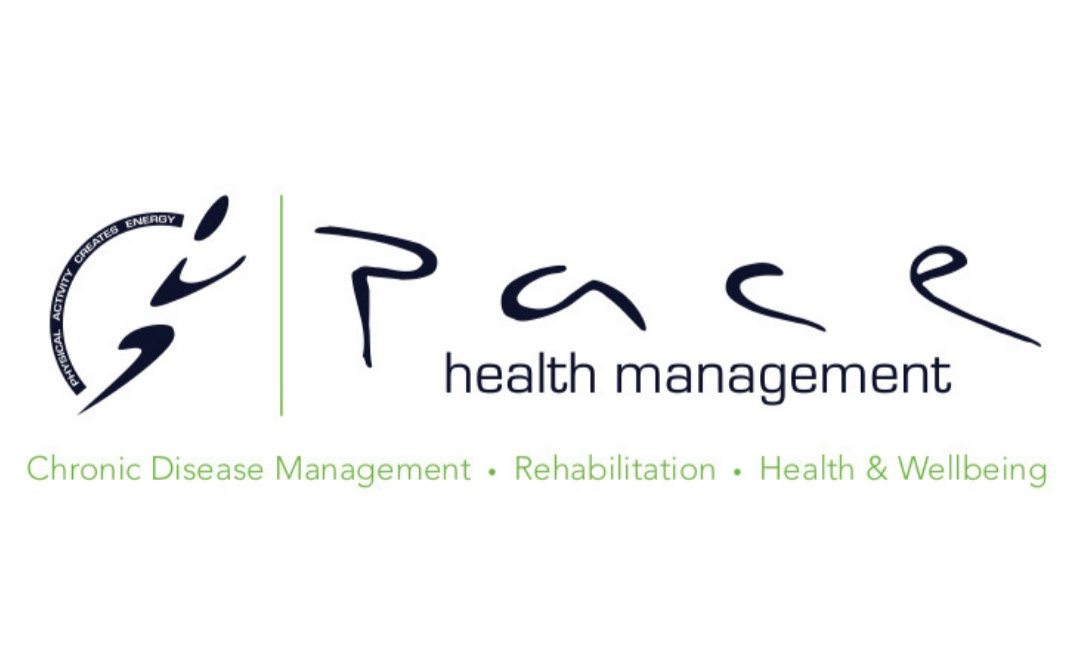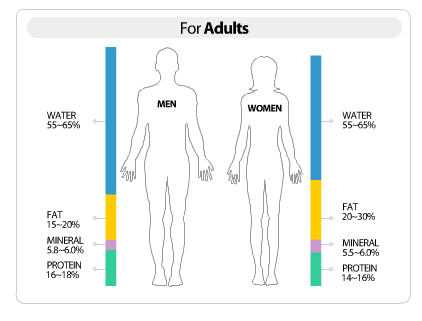Body Composition and Your Health
Body composition, we’ve all heard of it right, but what does it really mean? How does it influence our health? And most importantly, how do we change it?
Simply put, body composition refers to the percentage of Fat Mass vs. Fat Free Mass that makes up our body, which can also be expressed as Body Fat Percentage. Fat Free Mass includes lean muscle mass, bone, ligaments, organs, water, connective tissue, mineral & vitamin stores, etc.
Typically Body Composition is represented to the right...
So why is Body Composition important to measure?
There is strong research to show us that Body Mass Index (BMI) is not an accurate reflection of somebody’s health status, due to failing to take into account Fat Mass vs. Fat Free Mass.
Body Composition/ Body Fat Percentage or Waist Girth measurements are much better representations in assessing your health.
See the tables below for normative population values:
You can calculate your BMI with the below equation, where do you fit in?
BMI= Weight (Kg)/ Height2.
Now check your waist girth.
If Waist girth & BMI fall into the same category they confirm each other. In some cases though, these measures will differ. This is often seen when people increase their lean muscle mass. An example of this would be an athletic build. Body Composition Analysis is what is used to determine Fat vs. Fat Free Mass to a more detailed level.
Body Composition Analysis is conducted with Body Scan technology or bio-impedance scales.
Both of these help to identify hydration levels, fat mass and fat free mass.
If you’ve ever set a weight loss goal at PACE, most likely one of our Accredited Exercise Physiologist’s would have discussed that a much better goal to have is to decrease Fat Mass.
This can also be expressed as decreasing your waist girth. Decreasing your Waist Girth or Fat Mass will show significant improvements in Body Composition Analysis, but won’t always show big changes on the scales, as discussed in the above story of BMI vs. Body Composition.
In fact, it’s not uncommon for weight to actually increase when we commence an exercise program, due to an increase in lean muscle mass, which is a denser tissue than fat.
Improving your body composition (increased lean muscle mass and decreased fat mass) shows significant improvements to our long term health and prevention of chronic diseases such as Type 2 Diabetes, Heart Disease, Stroke and some forms of Cancer.
So what’s the take away message?
- Change your weight loss goals to fat loss goals
- Build lean muscle mass as a key outcome
- Regularly assess how your clothes fit or your waist girth measurement.
As always, if you have any questions, don’t hesitate to ask one of our friendly Accredited Exercise Physiologist’s about Body Composition Change, Goal Setting or for an Assessment.



